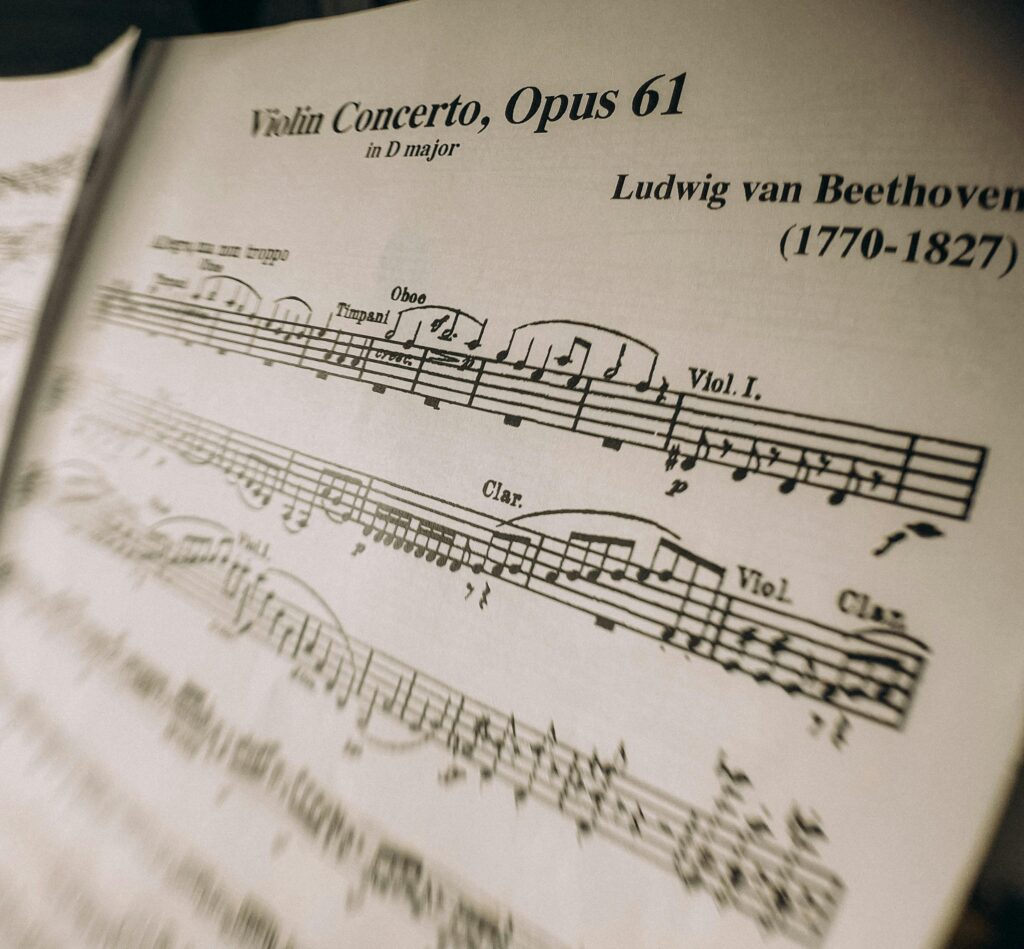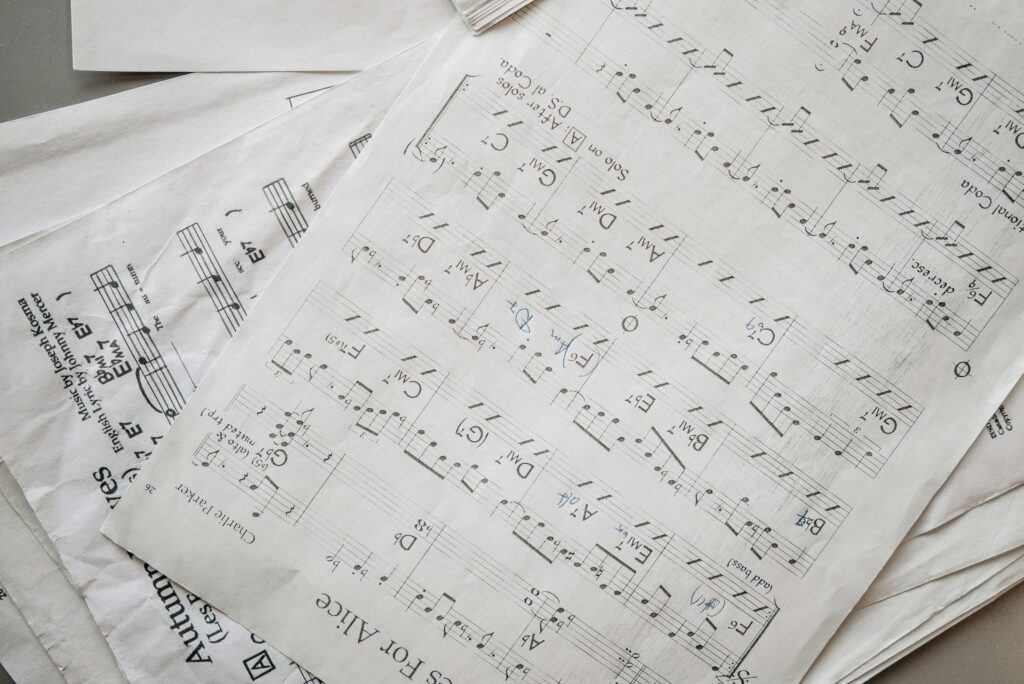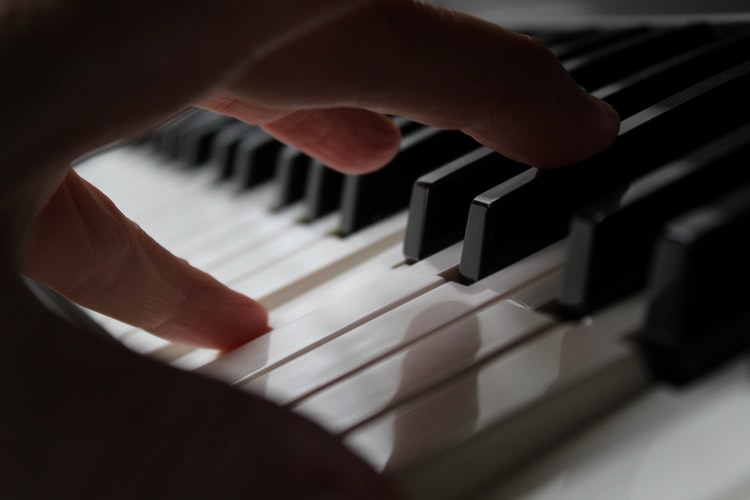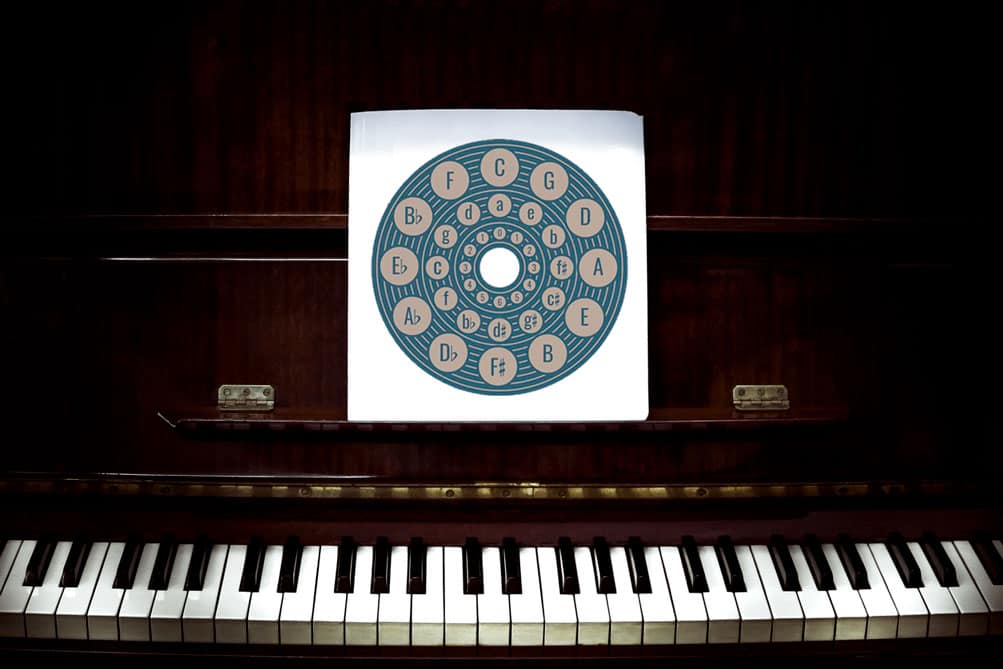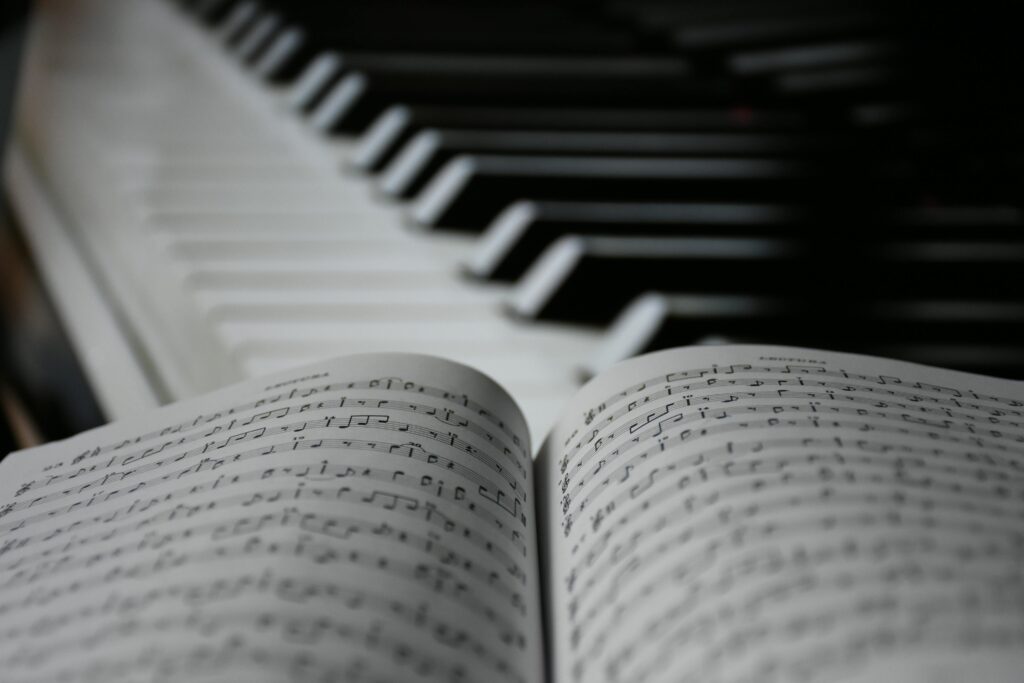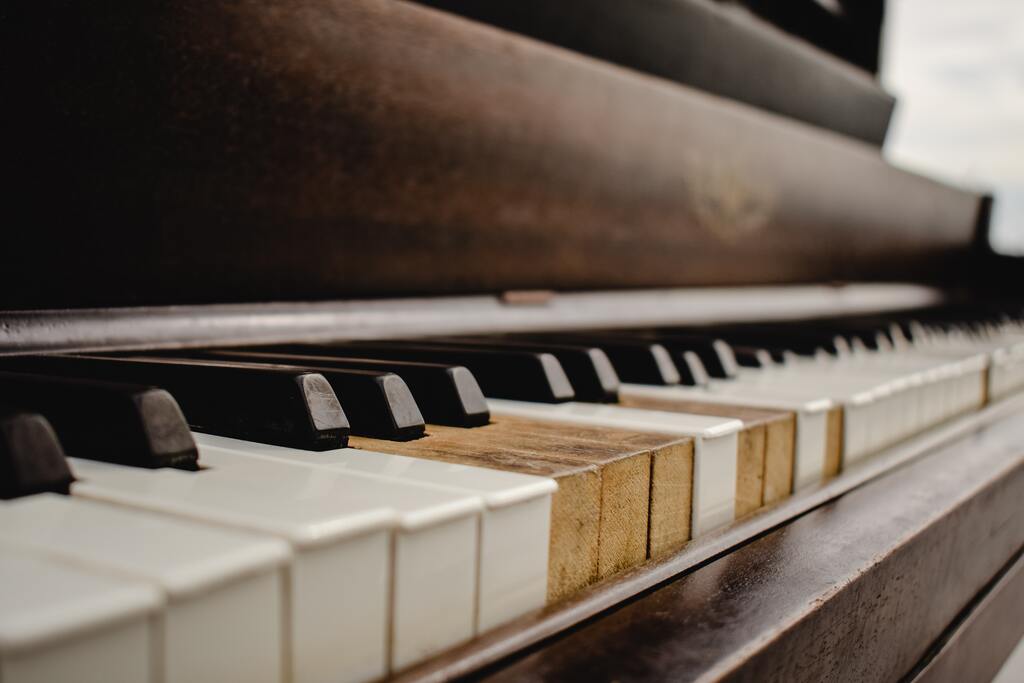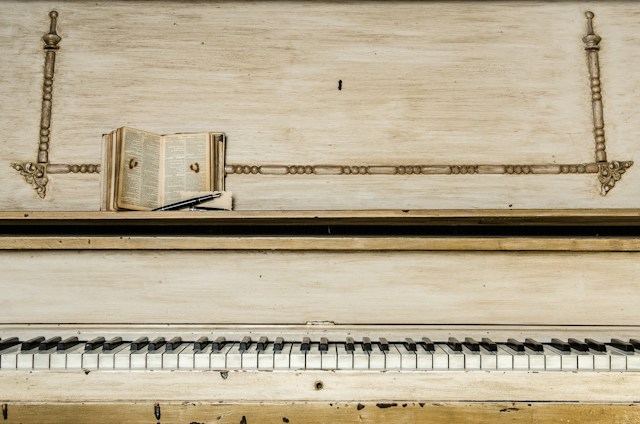Master jazz scales for piano playing
If you want to start playing jazz, learning a few key scales is one of the fastest and most effective ways to get there. Scales are sets of notes that help you understand melodies and get to grips with jazz. Jazz scales are groups of notes that can help give jazz its unique and colorful …
Master jazz scales for piano playing Read More »






